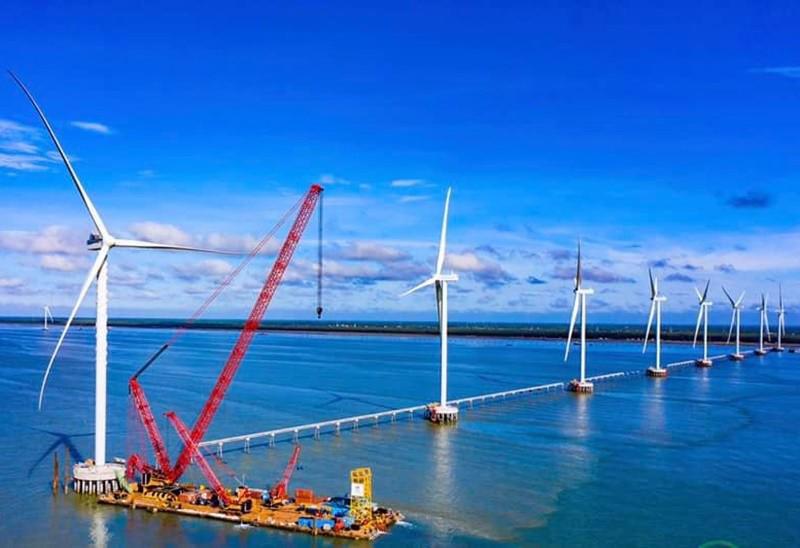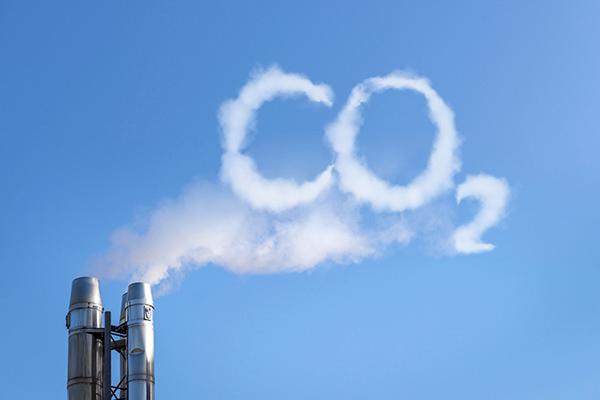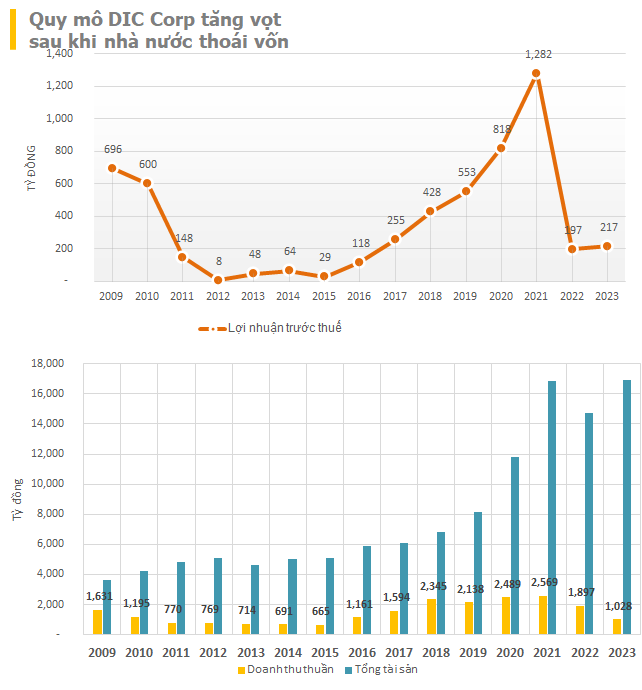However, with the current strong orientation and solutions, the consensus from the central to the local levels, as well as the specific actions to reduce greenhouse gas emissions in various sectors, Vietnam can achieve its environmental protection goals, reduce greenhouse gas emissions, and contribute to the realization of the Net Zero target.
To achieve the goal of net zero emissions by 2050 as committed to at the 26th Conference of the Parties to the United Nations Framework Convention on Climate Change (COP26), Vietnam must solve the problem of moving towards a low-carbon economy, while also ensuring its growth targets, and becoming an industrialized country by 2045 as set out in Resolution No. 29-NQ/TW of the 13th Central Committee of the Party on continuing to promote the industrialization and modernization of the country to 2030, with a vision to 2045.
DECISIVE ACTIONS TO ACHIEVE THE NET ZERO TARGET
Following the commitment to achieve net zero emissions by 2050 made by Prime Minister Pham Minh Chính at COP26, Vietnam has implemented many specific actions and initiatives.
After COP26 and COP27, with the decisive direction of the Prime Minister, the National Steering Committee has implemented the commitment; relevant ministries, branches and agencies have advised the Prime Minister to issue many projects, strategies, plans and action plans, including: The National Strategy on Climate Change; The Green Growth Strategy; The 8th Electricity Plan, shifting to renewable energy as the mainstay; developing 1 million hectares of high-quality, low-emission rice; building and implementing Nationally Determined Contributions, issuing the Implementation Plan of the Just Energy Transition Partnership (JETP) mechanism…
At COP28, Prime Minister Pham Minh Chính announced the Plan to mobilize resources to implement JETP. The Prime Minister affirmed that a just energy transition is crucial to achieving Vietnam’s strategic energy development orientation of achieving net zero emissions by 2050 and sustainable development goals in the spirit of people-centeredness.
Vietnam has taken very decisive, strong and ambitious steps in recent years to accelerate the energy transition. The Prime Minister emphasized 12 specific actions by Vietnam, including the development of many strategies and plans towards green, low-emission, and renewable energy industry development.

Talking to Vietnam Economic Times/VnEconomy, Dr. Nguyen Sy Linh, Head of the Division of Climate Change and Global Issues, Institute of Strategy and Policy on Natural Resources and Environment, assessed that the commitment to achieve net zero emissions by 2050 is a quite ambitious goal. Because Vietnam is a developing country, its economy still mainly relies on resource exploitation, labor-intensive, non-high-tech production, and low-carbon technology, so energy consumption and waste generation are inevitable.
However, to follow the roadmap to net zero emissions by 2050, right after COP26, the first document to formalize the net zero emissions target was the National Strategy on Climate Change for the period up to 2050, which was issued by the Prime Minister in Decision No. 896/QD-TTg. “One of the important contents that the strategy has identified is the emission peak in 2035. This requires Vietnam to make great efforts to achieve the net zero emission target by 2050,” said Mr. Linh.
In addition, the Prime Minister has issued a Decision approving the project on missions and solutions to implement the climate change outcomes at COP26, which clearly states the goal of national, sectoral, and local strategies, plans and programs to be reviewed, updated and adjusted in accordance with the target of achieving net zero emissions by 2050.
Expert Dang Hong Hanh, Co-founder and CEO of Vietnam Energy and Environment Consulting Joint Stock Company (VNEEC), said that it is first necessary to clarify the areas for implementing greenhouse gas emission reduction targets corresponding to the 5 areas of greenhouse gas inventory according to the guidelines of the Intergovernmental Panel on Climate Change and the United Nations Framework Convention on Climate Change (UNFCCC).
In each area, targets are set along with corresponding greenhouse gas emission reduction measures and are reflected in Vietnam’s revised Nationally Determined Contribution (NDC) 2022 submitted to the UNFCCC. Based on that, each ministry and branch in charge of the area will develop emission reduction plans with roadmaps and sector-level strategies to achieve the goals of the area and the country committed.
Therefore, field-level goals and roadmaps have been carefully built in accordance with policies, development goals, greenhouse gas emission status, and technology and emission reduction potential of that field.
POTENTIAL FOR EMISSION REDUCTION IN 5 MAIN AREAS
Mr. Linh said that Vietnam has identified a list of enterprises in the 5 main emission sectors that must conduct greenhouse gas inventories and implement emission reduction solutions. To reduce greenhouse gas emissions, the National Strategy on Climate Change to 2050 has been divided into two phases with different emission reduction levels for different sectors.
Accordingly, by 2030, the total national greenhouse gas emission target will be reduced by 43.5% compared to the business-as-usual (BAU) scenario. Specifically, in the energy sector, emissions will be reduced by 32.6% and the amount of emissions will not exceed 457 million tons of CO2 equivalent.
The agricultural sector expects to reduce emissions by about 43%. The forestry and land use sector will reduce emissions by 70% and increase carbon absorption by 20%, while this sector has the lowest absorption capacity.

-95 million tons of CO2. The waste sector will be reduced by about 60.7%; industrial processes will be reduced by 38.3%. In particular, facilities with annual greenhouse gas emissions of 2,000 tons of CO2 or more must reduce emissions.
By 2050, ensure that total national greenhouse gas emissions reach net zero emissions; emissions peak in 2035, then decrease rapidly; of which, the energy sector will reduce by 91.6% and the amount of emissions will not exceed 101 million tons of CO2. This means that within 20 years, emissions will be reduced by about 300 million tons. This is a very large reduction, requiring the synchronous implementation of many different solutions in both energy production and consumption…
https://postenp.phaha.vn/chi-tiet-toa-soan/tap-chi-kinh-te-viet-nam
















